Surprise! NASA's Curiosity Mission makes awesome new discovery on Mars
NASA’s Curiosity Mission has found clues of the Red Planet's ancient watery history.
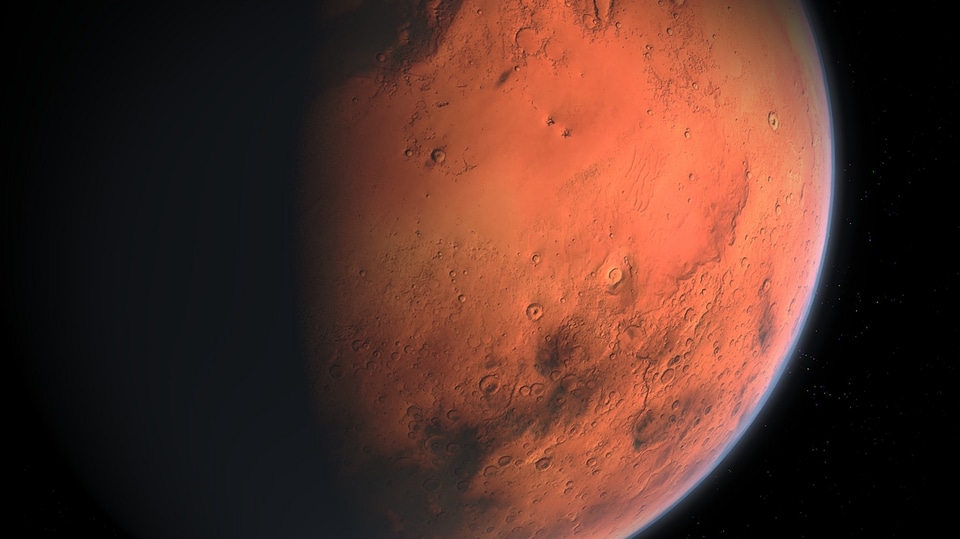
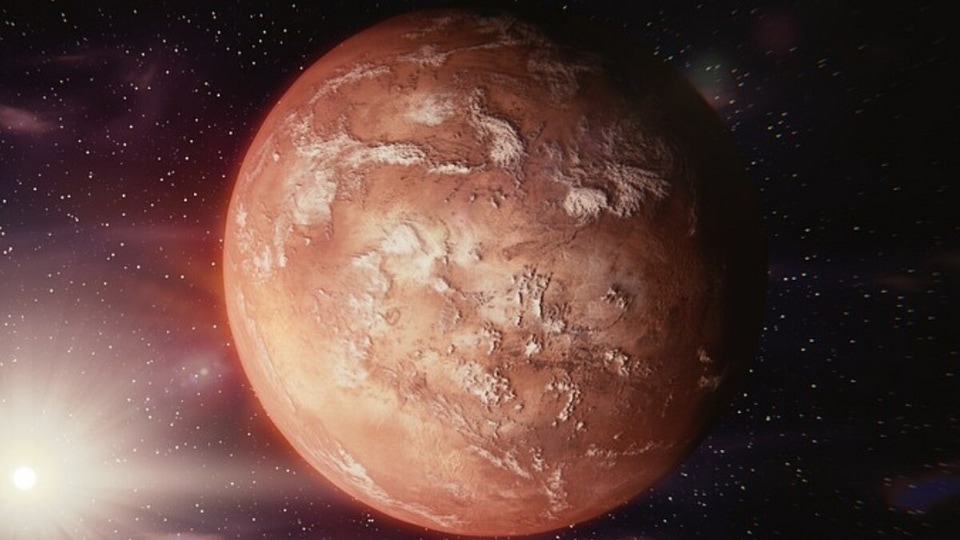
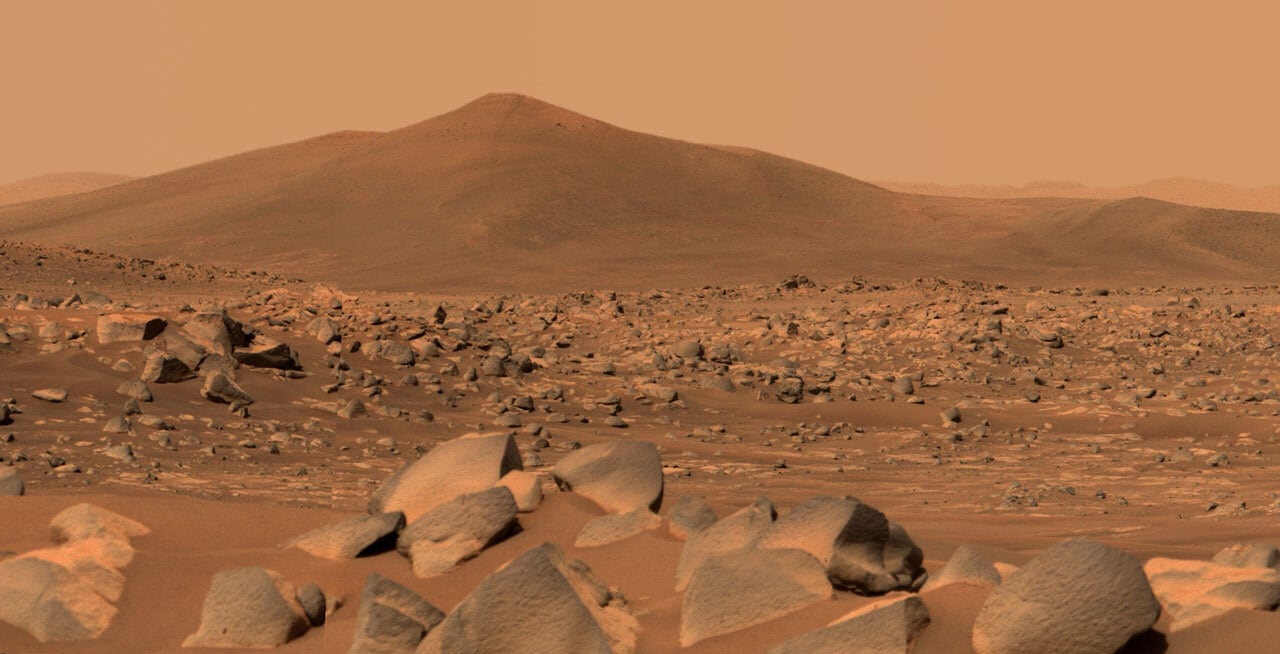

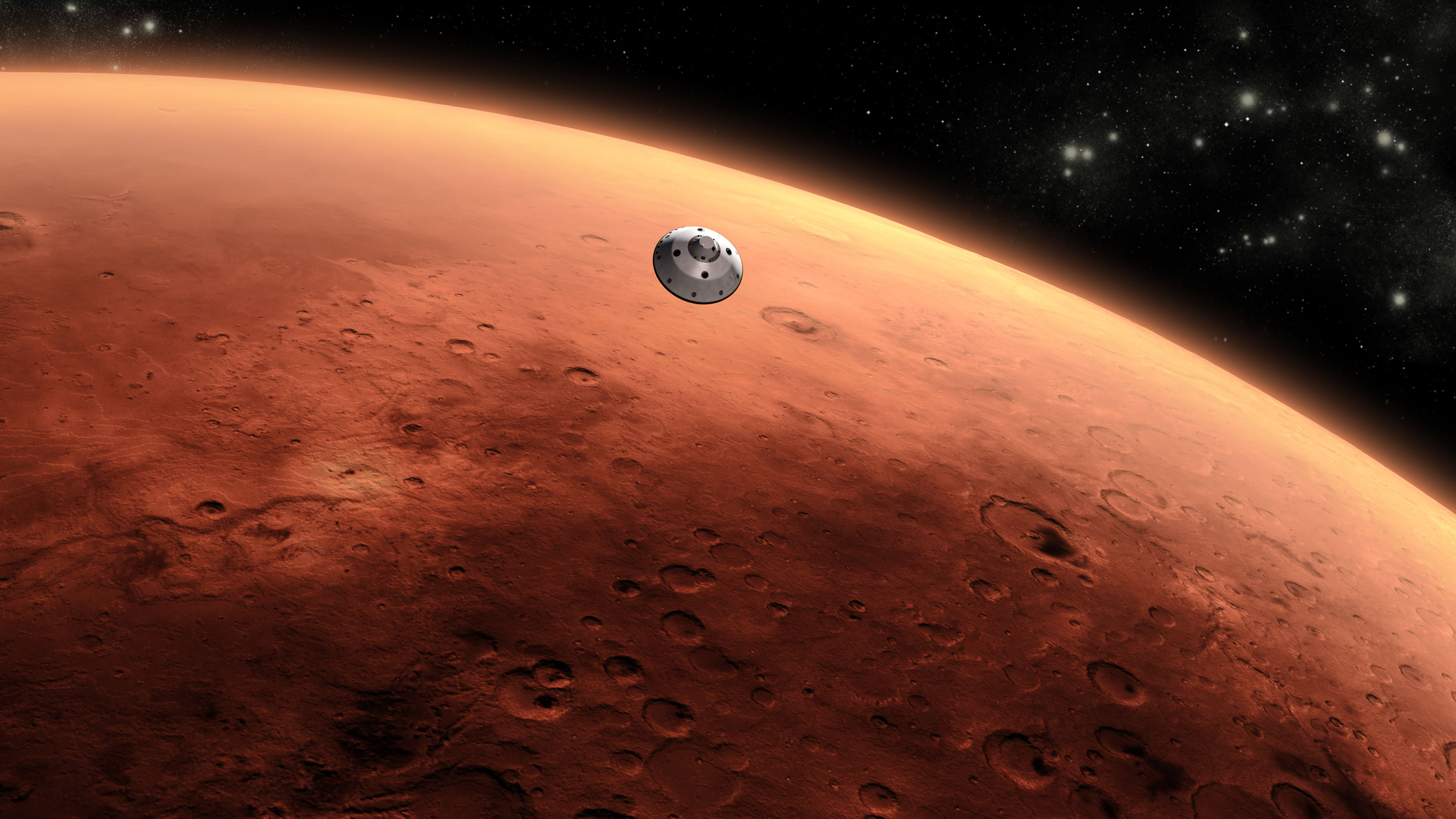
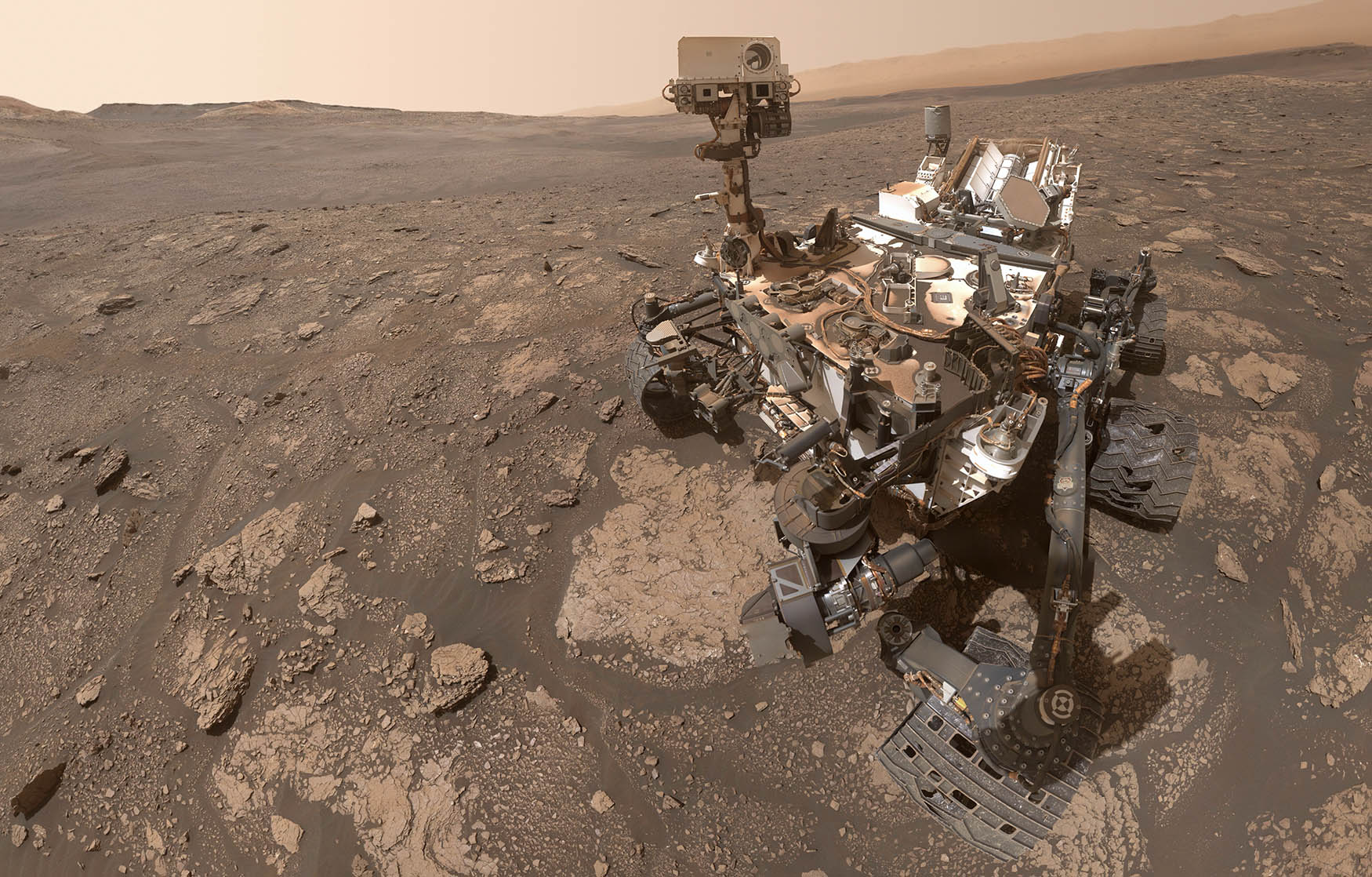
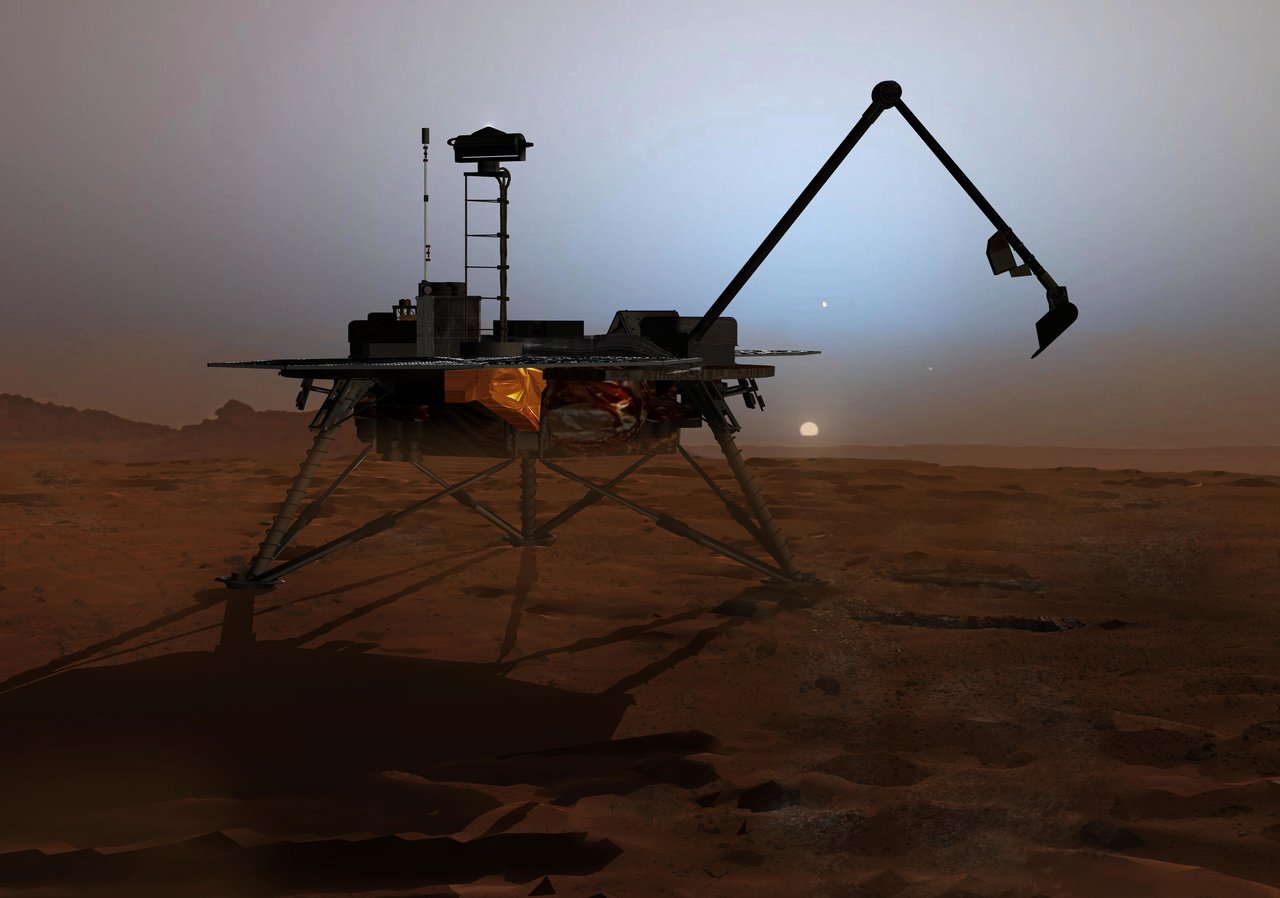
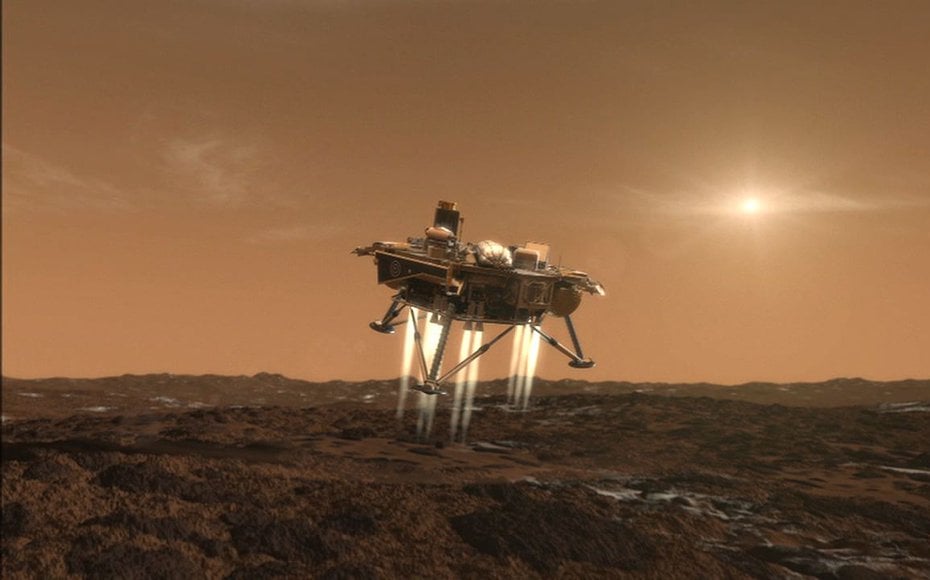
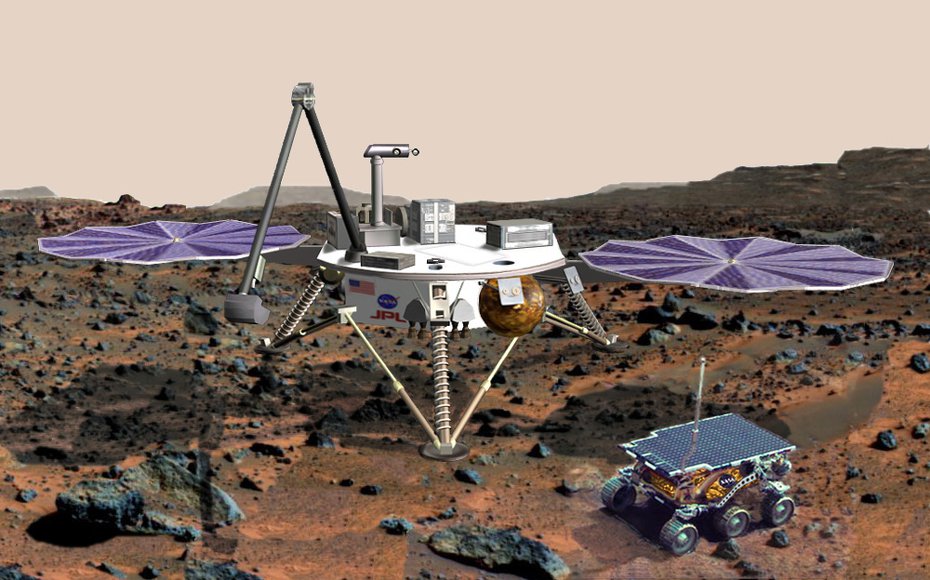

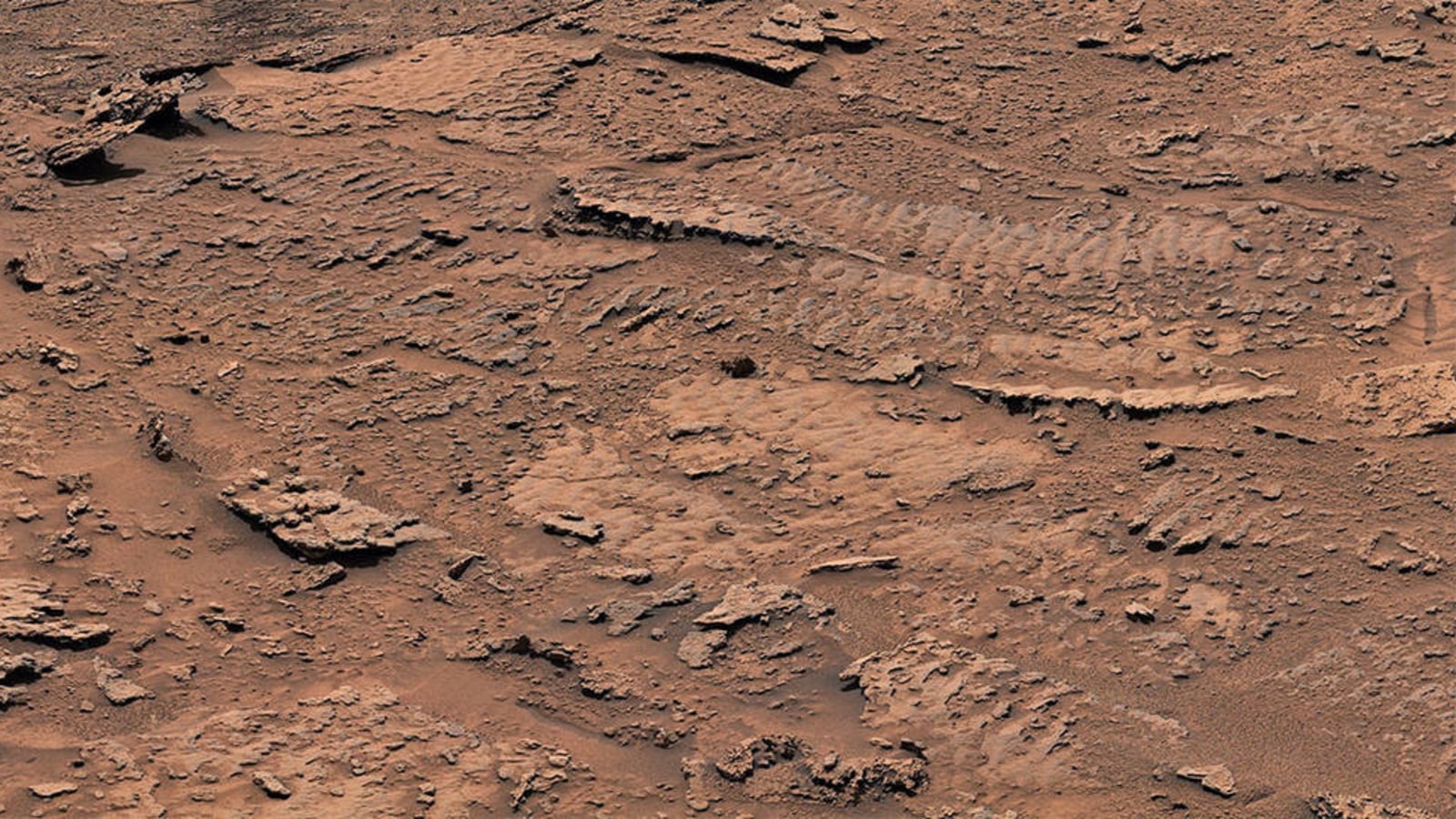
 View all Images
View all ImagesAfter working over a decade on the Martian surface, NASA's Curiosity rover has finally made an unexpected discovery about the presence of water on the planet. So far, Curiosity rover has made several significant discoveries, one of which was the presence of rippled rock textures in an area of ancient Mars that was believed to be dry. The scientists believed that the "sulfate-bearing unit," where the rover arrived last fall, would not have any evidence of lakes because the rock layers there were formed in a drier environment compared to other areas explored during the mission. The sulfates in this region, which are salt minerals, were believed to have formed when water was slowly evaporating.
However, the Curiosity team was taken aback when they discovered the clearest indication yet of ancient water ripples that were formed within lakes. Billions of years ago, the waves on the surface of a shallow lake caused sediment to be stirred up at the bottom, which eventually resulted in rippled textures being imprinted into the rock.
Ashwin Vasavada, Curiosity's project scientist at NASA's Jet Propulsion Laboratory in Southern California said, “This is the best evidence of water and waves that we've seen in the entire mission. We climbed through thousands of feet of lake deposits and never saw evidence like this – and now we found it in a place we expected to be dry.” The Curiosity rover has been exploring the foothills of Mount Sharp, a towering mountain that once stood amidst streams and lakes, in search of Mars' aquatic history. The mountain measures three miles in height.
NASA says that "Mount Sharp is made up of layers, with the oldest at the bottom of the mountain and the youngest at the top." Another intriguing discovery in the Marker Band that has captured the attention of the team is an uncommon rock texture that is believed to have been caused by a repeating cycle in the weather or climate, such as dust storms.
NASA's Curiosity Rover
NASA's Curiosity Rover is a car-sized robotic rover that was launched by NASA in 2011 as part of the Mars Science Laboratory mission. The rover's primary goal is to explore the Gale Crater on Mars and determine if the planet has ever had the right conditions to support microbial life.
Catch all the Latest Tech News, Mobile News, Laptop News, Gaming news, Wearables News , How To News, also keep up with us on Whatsapp channel,Twitter, Facebook, Google News, and Instagram. For our latest videos, subscribe to our YouTube channel.




























